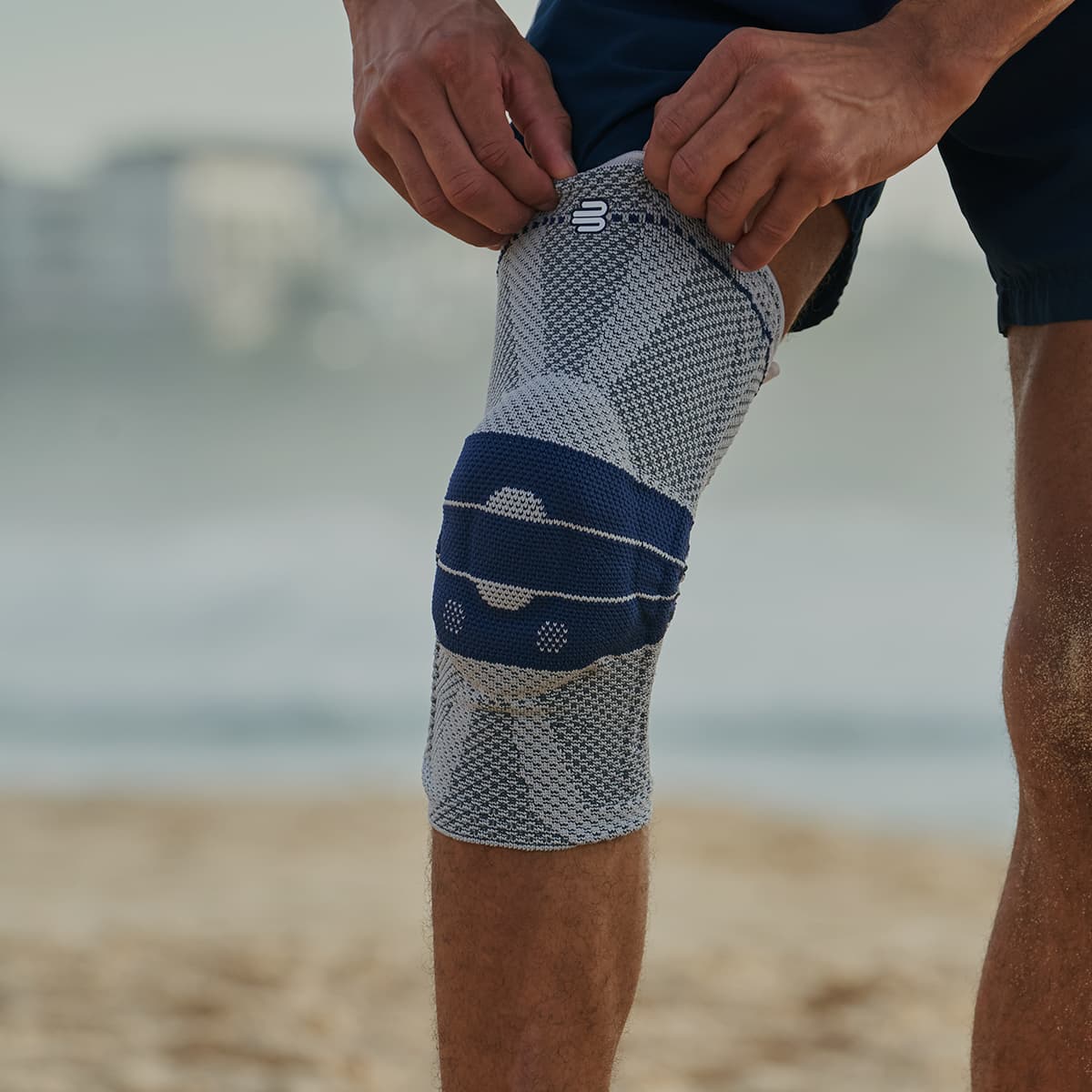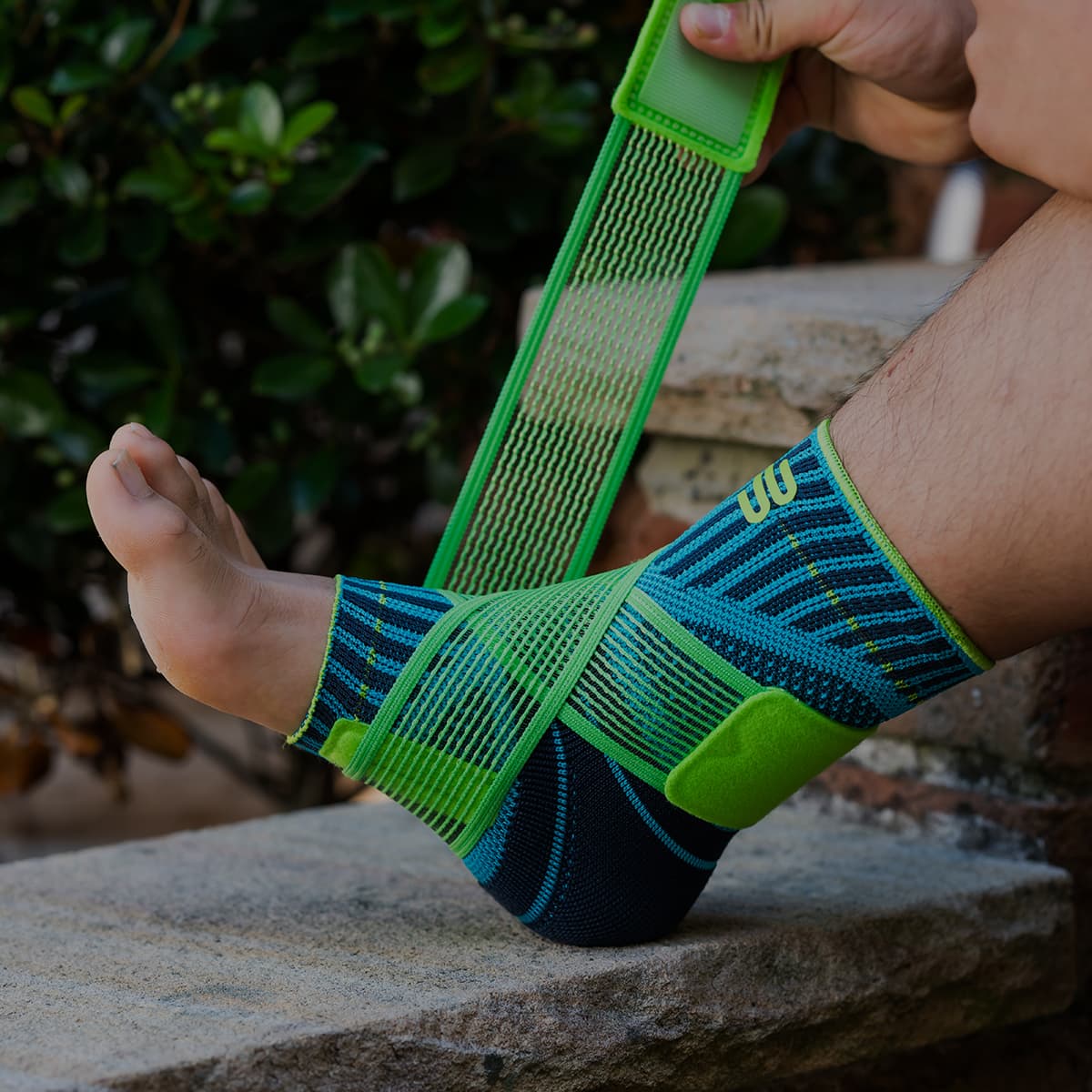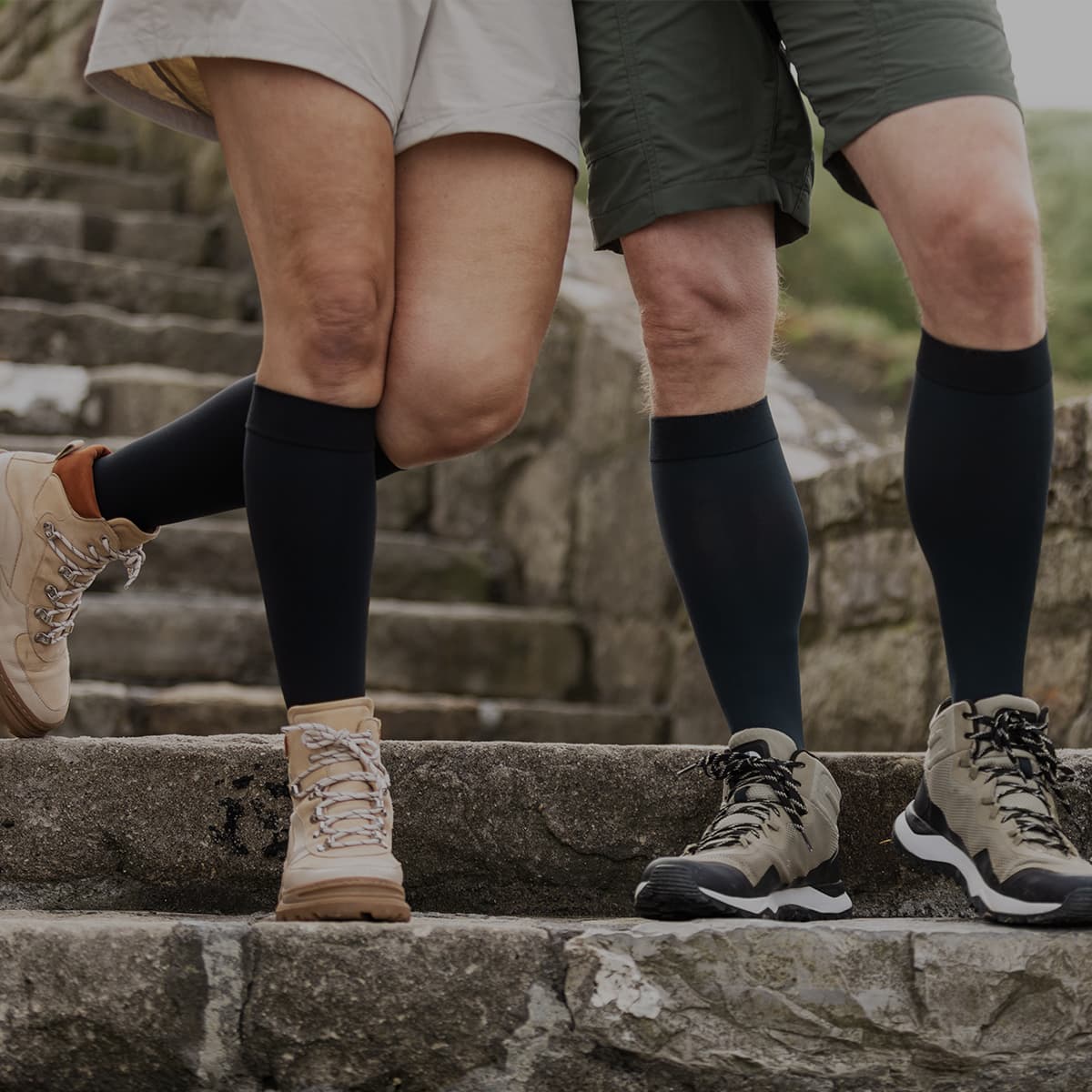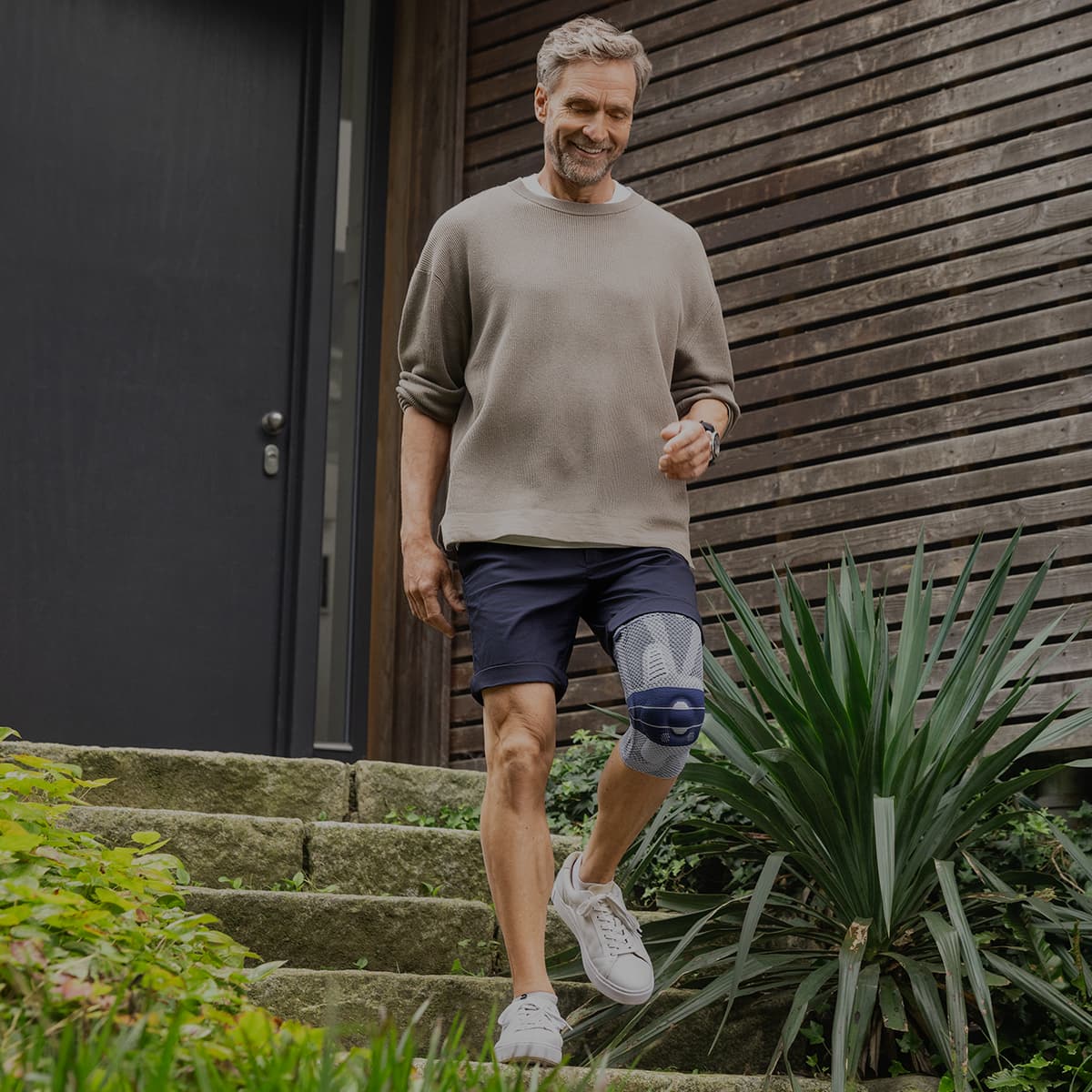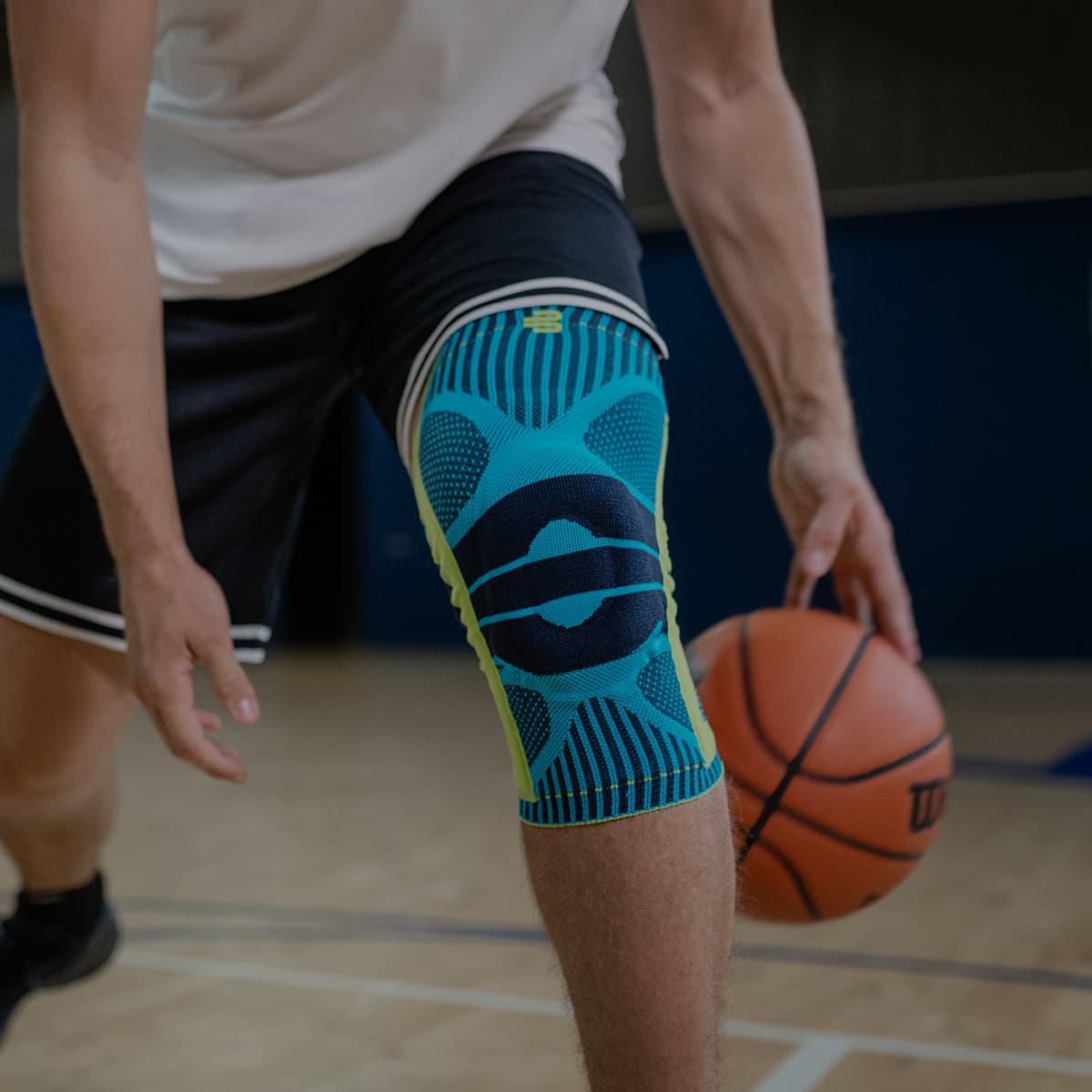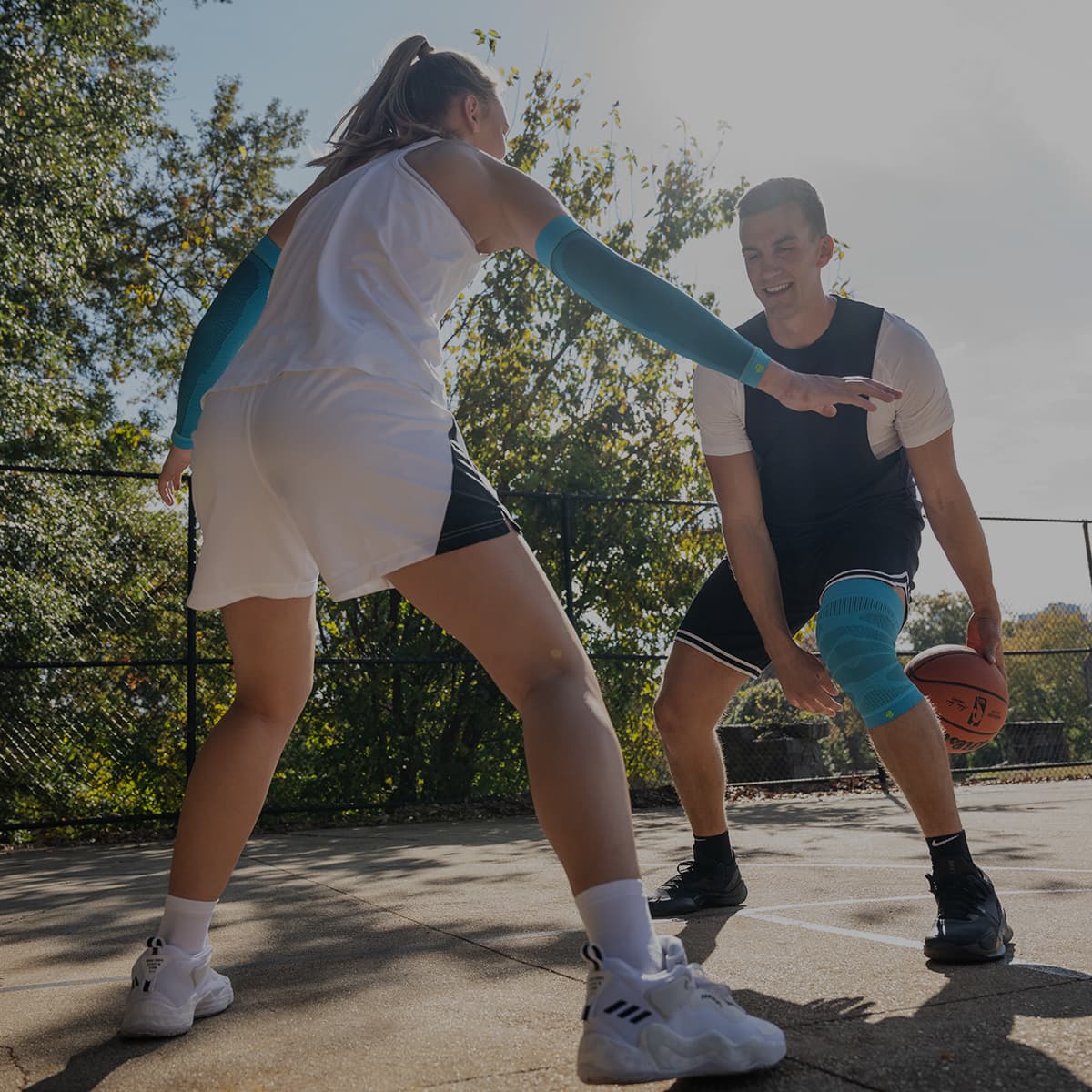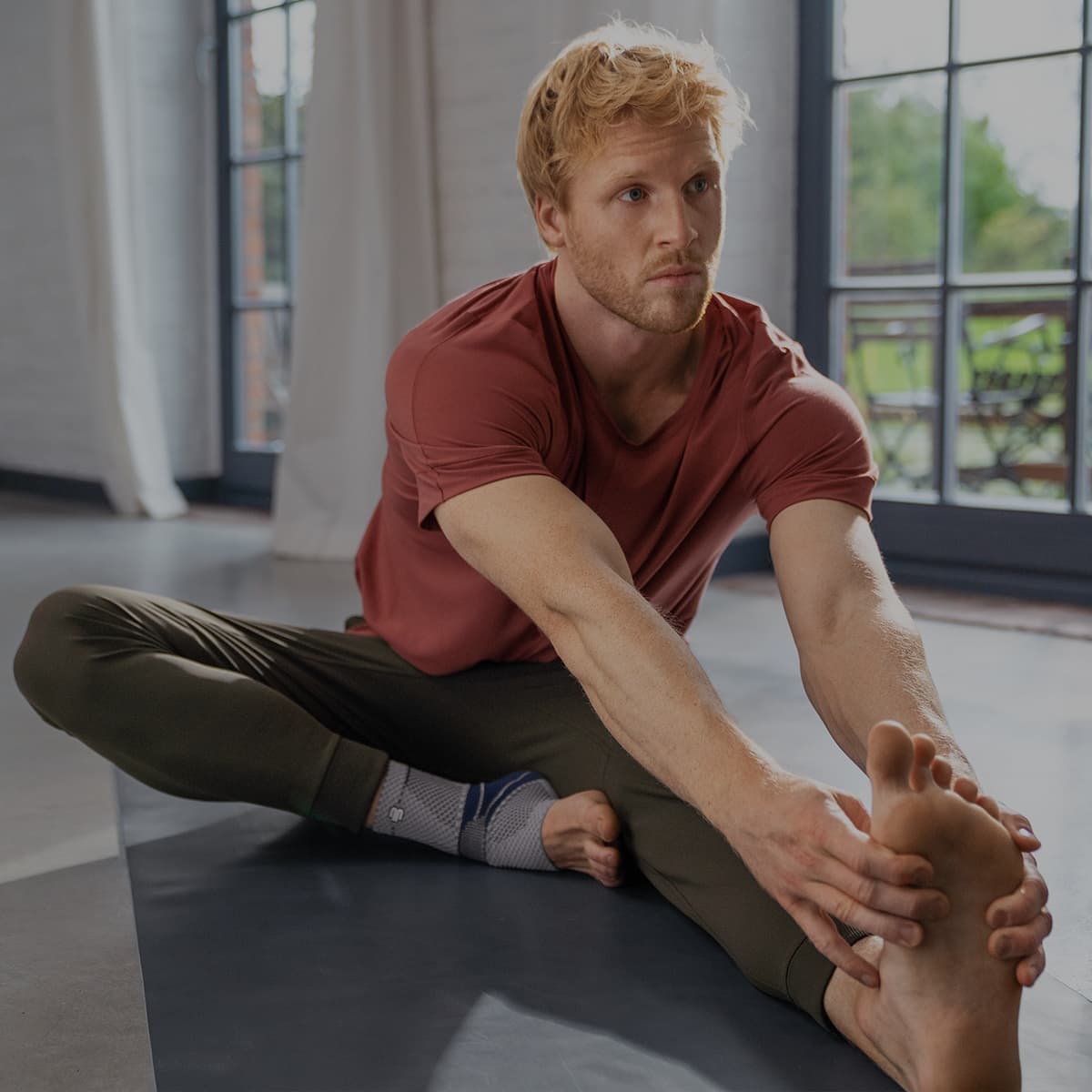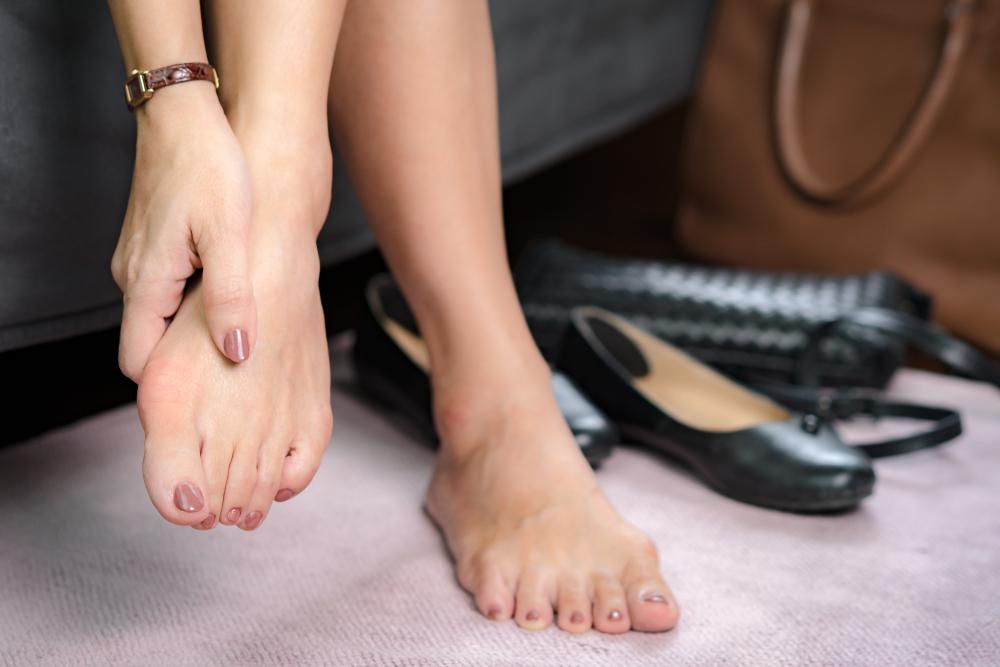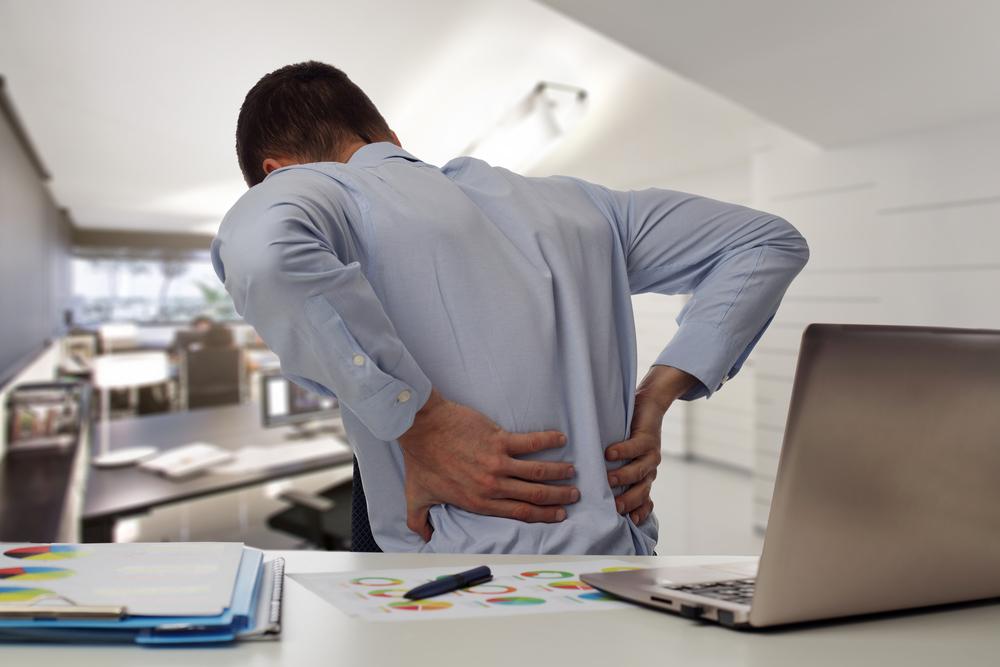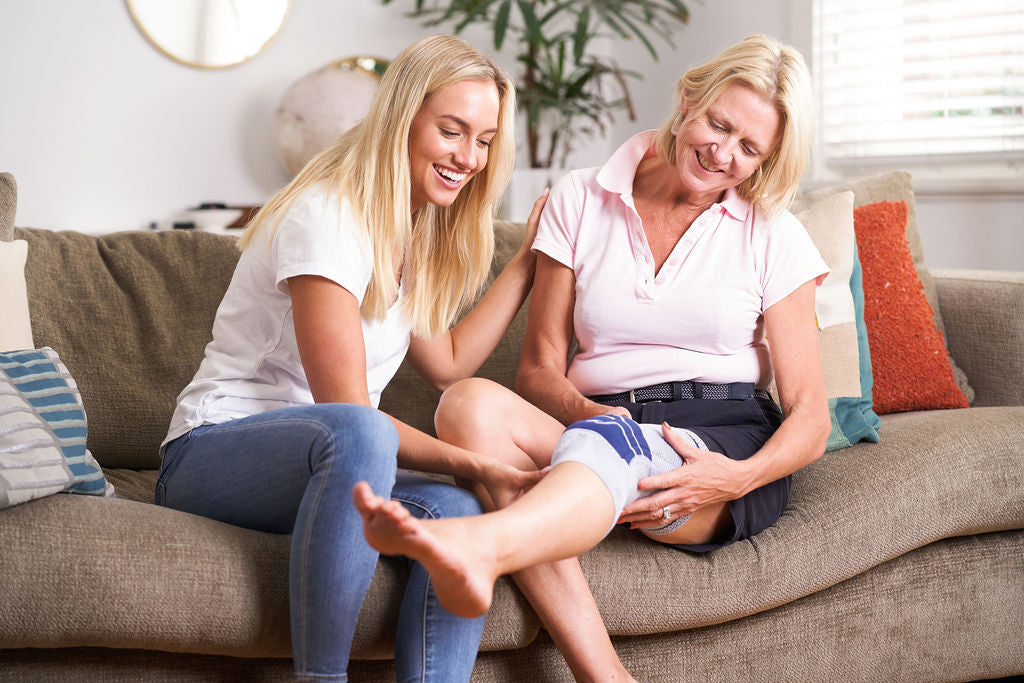Hallux valgus (also known as Bunions) is a very common condition, affecting roughly 30 per cent of the population. It’s actually the most common foot deformity there is. For anyone who is managing the condition, here are some tips on how to treat your bunions.
What is hallux valgus?
Bunions occur when the main joint in your big toe (known as the MTP joint) starts to deviate. The joint starts to sublux, which means it slowly dislocates from its original position, shifting the tip of the toe inwards.
This can cause slight discomfort and pain in the early stages, but as it progresses it often can impair the shape and movement of your foot, causing increased pain and complications.
Bunions develop as hallux valgus progresses, causing pain and discomfort, and shifting the bones in the foot out of alignment.
While the exact cause of hallux valgus is not clear, there are people who are more likely to develop it, and lifestyle factors that can compound the condition, including:
- Genetic predisposition: 70 per cent of cases of Hallux Valgus have a family history, so have a look at your parent’s toes!
- Gender: Women are ten times more likely to develop the condition than men, so it’s prudent to be more wary if you’re of the feminine persuasion.
- Footwear: Tight pointed shoes and narrow or short shoes put you at greatly increased risk of developing the condition.
Treating hallux valgus can be done in a number of ways, depending on how advanced the condition is. Below, we have outlined a few different ways that you can manage Hallux Valgus no matter what stage you’re at.

Orthoses or toe splints
Wearing an orthosis on the affected foot at night can help to slow and sometimes even stop the progression of Hallux Valgus. What’s important is finding the right fit and something comfortable that will stay in place over a full night’s sleep. The ValguLoc Toe Splint is a great way to take care of your toe overnight and manage your condition.
Footwear and insoles
When it comes to hallux valgus, one of the best things you can do to treat it is choosing the right footwear. The best things to look for in a shoe that’s toe friendly are the following
Wide fit
Deep toe box (the area at the end of the foot that fits the toes should be a bit further down to allow more room).
Supportive soles, arch support, strong sole but soft lining.
Slightly raised heel but supportive material.
This is especially effective in the early stages of hallux valgus, and if you have a family history, it can be a great way of warding off the early symptoms.
Insoles will also treat the condition in it’s early to moderate stages, especially in combination with the right shoes to get a fully supported foot that takes pressure off the big toe and guides the foot properly in gait. This is best done in co-ordination with a podiatrist or specialised insole provider like Bauerfeind.
Surgery
Surgery should always be considered as a latter option, with conservative treatment like physiotherapy, braces and lifestyle changes explored first. That being said, surgery can provide a long-term relief and solution, especially in severe cases where everyday movement is painful or difficult.
There are more than eight different operational procedures to treat hallux valgus, depending on how it’s affecting you. If this is an option you are considering, it’s best to talk it over with your GP, Podiatrist or other specialist.
Post-op recovery often is aided by the use of toe splints, wide shoes and stretches and exercises, so have a look at all the options to ensure you’re getting the best holistic treatment for your toe.
For assistance selecting the right product for your needs, book a video consultation with a Bauerfeind expert: Book Video Call, or call us on 1300 668 466.
Do you have private health? Most private health extras will cover Bauerfeind Products, check to see if yours is included. Bauerfeind Private Health Insurance Enquiry.
Bauerfeind products are developed at our innovation and manufacturing facility in Zeulenroda, Germany. Based on years of scientific research, our award-winning braces and support garments are highly recommended by medical professionals and athletes worldwide.

